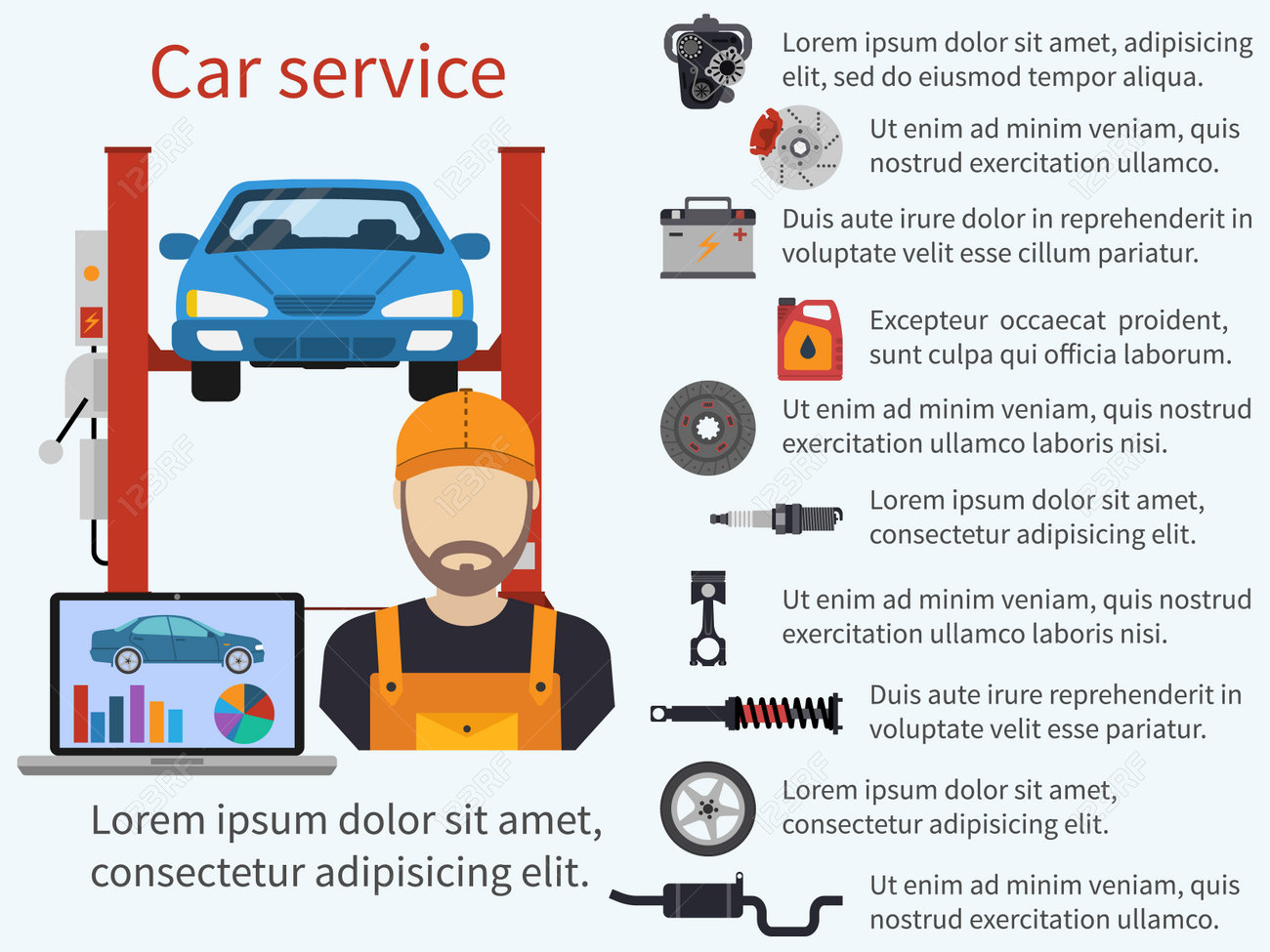Comprehending The Meaning Behind Your Automobile'S Warning Lights: An Extensive Look
Comprehending The Meaning Behind Your Automobile'S Warning Lights: An Extensive Look
Blog Article
Article By-Lauritsen Corbett
When you lag the wheel, those radiant warning lights on your control panel can be a little bit difficult. Do you understand what they're trying to tell you concerning your car's health? Comprehending cut and polish nz of these lights is vital for your security and the longevity of your lorry. So, the next time one of those lights turns up, would not you want to understand its message accurately and take the essential steps to resolve it?
Common Caution Lights and Interpretations
Determine usual warning lights in your car and recognize their meanings to guarantee risk-free driving.
The most regular caution lights consist of the check engine light, which signifies concerns with the engine or emissions system. If this light begins, it's critical to have your car inspected promptly.
The oil pressure cautioning light suggests low oil pressure, needing prompt focus to avoid engine damages.
A blinking battery light could recommend a faulty billing system, potentially leaving you stranded otherwise resolved.
The tire pressure monitoring system (TPMS) light informs you to low tire pressure, impacting vehicle stability and gas efficiency. Overlooking this can lead to hazardous driving problems.
The abdominal muscle light indicates a trouble with the anti-lock stopping system, jeopardizing your ability to stop swiftly in emergencies.
Last but not least, the coolant temperature level alerting light warns of engine getting too hot, which can cause severe damages otherwise dealt with promptly.
Recognizing car engine cleaning will aid you resolve concerns quickly and maintain secure driving conditions.
Significance of Prompt Interest
Comprehending the common caution lights in your car is just the first step; the significance of immediately resolving these cautions can not be stressed enough to ensure your safety when driving.
When a warning light illuminates on your dashboard, it's your automobile's method of connecting a potential concern that requires focus. Disregarding these cautions can lead to more serious troubles down the road, jeopardizing your safety and security and possibly costing you much more out of commission.
Prompt attention to cautioning lights can avoid breakdowns and accidents. As an example, a flashing check engine light can show a misfire that, if left neglected, can cause damages to the catalytic converter. Addressing this without delay can conserve you from an expensive repair service.
Similarly, a brake system cautioning light could signify reduced brake fluid or used brake pads, important elements for your safety when driving.
DIY Troubleshooting Tips
If you observe a caution light on your dashboard, there are a few do it yourself fixing pointers you can try before seeking professional assistance.
The initial step is to consult your auto's guidebook to understand what the specific warning light indicates. Often the issue can be as straightforward as a loosened gas cap triggering the check engine light. Tightening the gas cap may solve the issue.
One more usual issue is a reduced battery, which can trigger different advising lights. Examining the battery links for rust and guaranteeing they're secure could deal with the trouble.
If a caution light persists, you can try resetting it by separating the vehicle's battery for a couple of mins and afterwards reconnecting it. In addition, inspecting your vehicle's fluid levels, such as oil, coolant, and brake liquid, can help repair cautioning lights connected to these systems.
Conclusion
In conclusion, understanding your car's caution lights is important for maintaining your automobile running smoothly and safely. By without delay addressing these notifies and understanding what they indicate, you can avoid costly repair services and possible break downs.
Keep in mind to consult your cars and truck's guidebook for particular details on each cautioning light and act accordingly to make sure a trouble-free driving experience.
Stay informed, stay risk-free when traveling!
